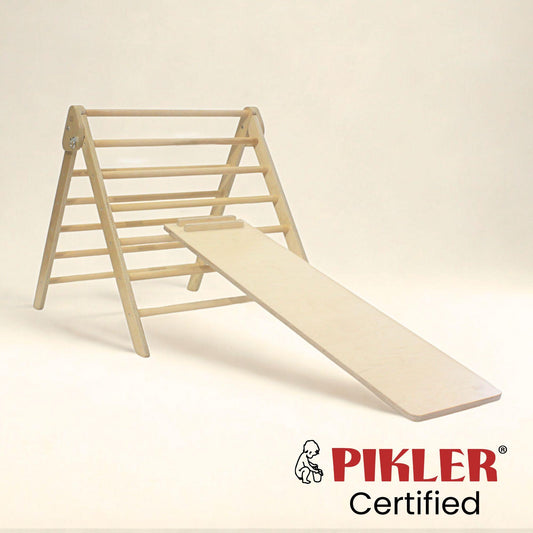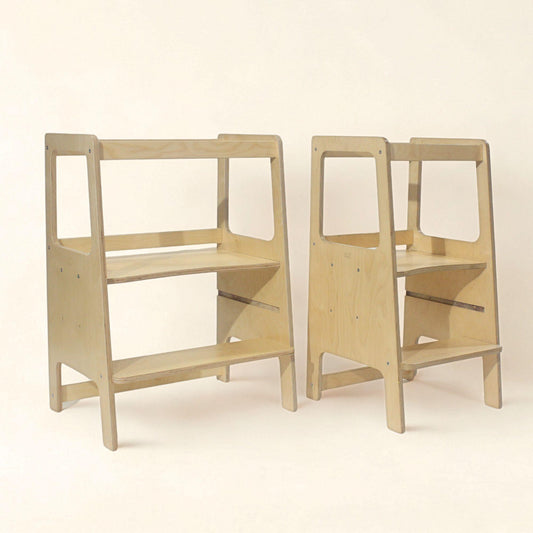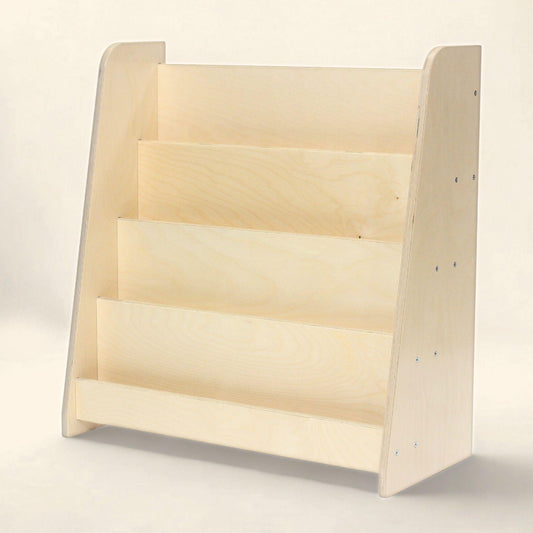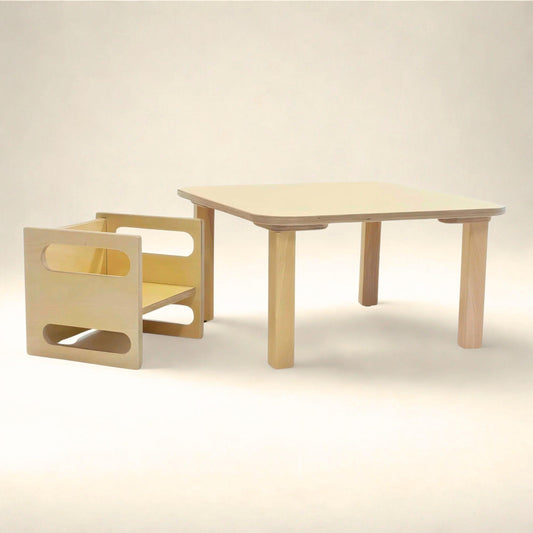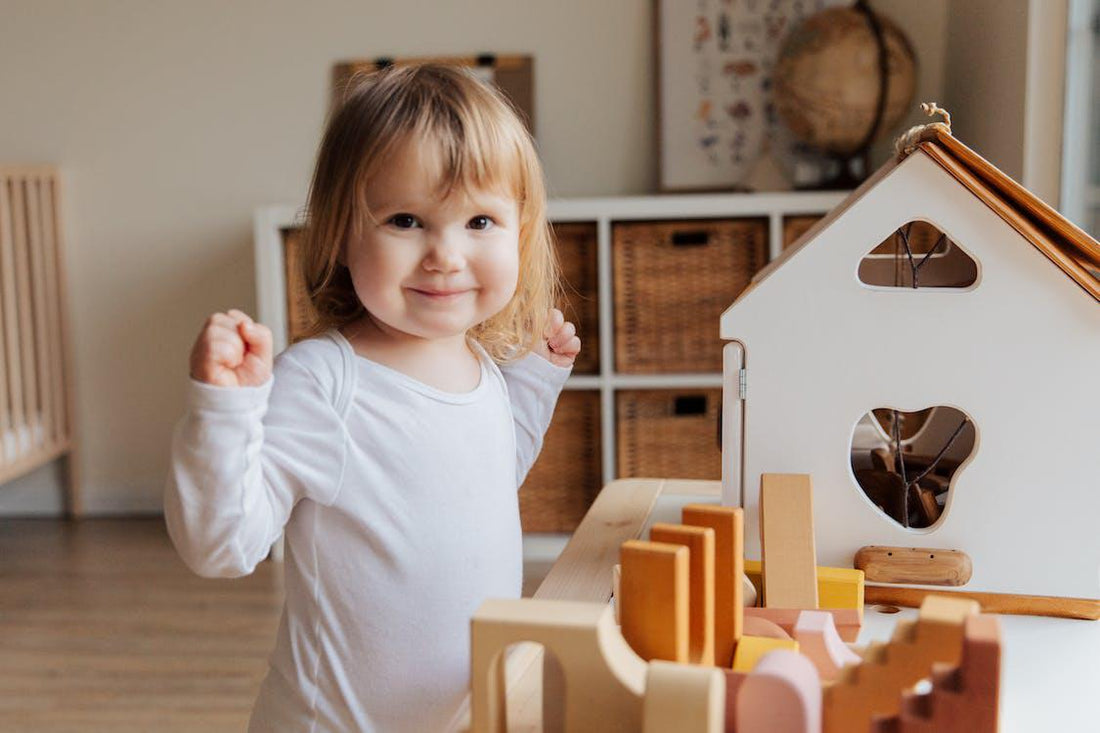
Montessori Methods on Children’s Playtime and Exploration
Share
Play is essential to the enjoyment and development of children. But a survey found that despite its necessity, children are not getting enough playtime, with nearly 75% of children under 12 not engaging in sufficient active play. As this deficit worsens among children of higher ages, parents, caregivers, and educators are tasked with the duty of creating and fostering more opportunities for playtime.
It is in this light that the integration of the Montessori method into children’s playtime and exploration becomes relevant. As discussed below, its core principles of creativity, independence, development, and inclusivity can make play healthier and more meaningful for children of all ages and backgrounds.
Challenging traditional norms of learning
The Montessori method mainly challenges traditional learning with its child-centered philosophy and practicum. Its founder Dr. Maria Montessori is one of many progressive female educators who not only confronted the gender norms that prevailed in her own career and education but also opened up the discussion for alternative approaches in child education and development.
At the Casa dei Bambini (Children’s House) that she founded in 1907, Maria discovered that children enjoyed hands-on activities where they essentially taught themselves how to cook, arrange things, do puzzles, and more. These outcomes would inform how natural and play-based learning cannot simply be replicated through teacher-led instruction, formal assessments, and rote learning.
Encouraging children to explore on their own

The Montessori method can be implemented in playtime by encouraging children to be independent and freely choose how they want to play. In being child-initiated and child-led, unstructured play benefits both children and adults. Adults and caregivers can make time for children without being the ones to organize and direct the entire endeavor, while children’s autonomy, imagination, and creativity are developed when they are allowed to improvise.
Self-directed playtime does not necessarily mean that children should play alone. It can come in the form of interactive pretend play with peers, teachers, and family members; creative play where children come together to make art, play music, or tell stories; and active play where they get to explore outdoor spaces like backyards, parks, and playgrounds.
Focusing on the child’s holistic development
Because play is a way for children to make sense of the world around them, the power of play goes beyond learning and can even extend toward the child’s social and emotional well-being. But when children struggle with any of these dimensions of development, the healing and transformative power of playtime and exploration can be hindered.
This is where social workers in schools and family settings come in. Since social work training focuses on advocacy skills, especially for children struggling or in need, social workers can tap into children’s thoughts, emotions, and experiences with regard to bullying, anxiety, or trauma. Social workers engage with children in helping them process and cope with these struggles, which ultimately aligns with the Montessori method that values children’s holistic development.
Being inclusive of unique and special needs
The care and attention that the Montessori method puts into every aspect of a child’s well-being can further translate into making playtime inclusive for all children, especially those with unique and special needs. Researchers must value children's perspectives when it comes to creating, designing, and implementing effective play spaces. In the linked research study, it was found that it was important for children to have physically accessible ramps and adapted equipment, while also providing opportunities for integrated play with one another regardless of their gender or physical ability.
RAD Children’s Furniture shares this vision of offering the best possible choice of furniture and equipment for each child through open dialogue and communication with customers. The more we strive to understand and value the respective needs and wants of children, the more we become a brand and a community that supports safe, healthy, and inclusive play environments for children—be it in homes, preschools, or neighborhoods.
********************
Article contributed by Riley Anne Jamison exclusively for RAD Children's Furniture.

